Somnath Temple, located in the Prabhas Kshetra near Veraval in Saurashtra, Gujarat, is one of the most revered and ancient temples in India. With a history that spans over centuries, the temple is dedicated to Lord Shiva and holds immense religious and cultural significance. In this comprehensive exploration, we delve into the intricate details of Somnath Temple, focusing on its timings and the sacred rituals that enrich the spiritual experience of the devotees.
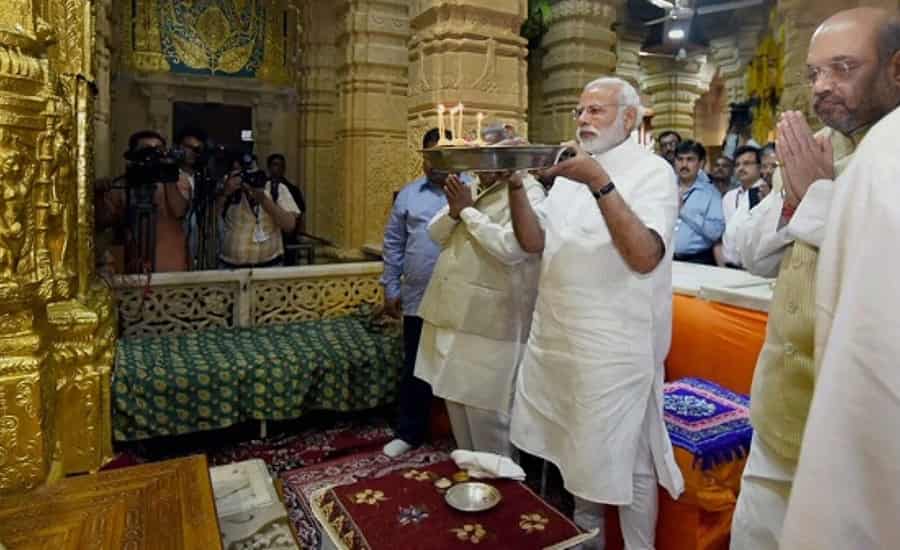
- Time Required: 30 minuets to 1 hour
- Entry Fee: No entry fee
- VIP Darshan: Rs.200
Historical Overview
The history of Somnath Temple is steeped in antiquity, dating back to ancient times. According to Hindu mythology, it is believed that the original temple was built by none other than Lord Krishna himself. Over the centuries, the temple has undergone several constructions and renovations, witnessing the rise and fall of empires and the ebb and flow of time. Despite facing numerous invasions and destructions, the resilience of Somnath Temple has been a testament to the unwavering faith of its devotees.
Somnath Temple Timings
Understanding the timings of the temple is crucial for devotees planning a visit. The temple generally follows a schedule that accommodates various rituals and ceremonies throughout the day. The timings are as follows:
- Darshan: 6:00 AM to 10:00 PM
- Morning Aarti: 7:00 AM
- Afternoon Aarti: 12:00 PM
- Evening Aarti: 7:00 PM
Morning Darshan
- The temple opens early in the morning, allowing devotees to witness the majestic sight of the rising sun over the Arabian Sea.
- Morning aarti (ritual of worship with light) is performed, creating a serene and spiritually charged atmosphere.
- Pilgrims gather to seek the divine blessings of Lord Shiva during this sacred time.
Afternoon Break
- The temple remains open for a specific duration in the afternoon, allowing visitors to explore the historical and architectural marvels of the site.
- Devotees often take this time to engage in meditation and introspection within the temple premises.
Evening Aarti
- As the day progresses towards evening, the temple gears up for the evening aarti, a mesmerizing ritual that involves chanting, singing, and the offering of sacred flames.
- The sound of bells and conch shells fills the air, creating a spiritual ambiance that resonates with the devotion of the pilgrims.
Night Darshan
- The temple remains open for night darshan, providing devotees with the opportunity to experience the divine energy in the tranquility of the night.
- The beautifully illuminated temple offers a captivating sight, enhancing the spiritual experience for those who choose to visit during this time.
Sacred Rituals at Somnath Temple
The rituals performed at Somnath Temple are deeply rooted in Hindu traditions and are aimed at invoking the blessings of Lord Shiva. Each ritual holds symbolic significance, connecting the devotee with the divine presence. Some of the prominent rituals include:
Rudrabhishek
- This ritual involves the ceremonial bathing of the Shiva Linga with various sacred substances, including milk, honey, and water.
- Devotees believe that Rudrabhishek brings purification and divine blessings, symbolizing the cosmic union of the devotee with Lord Shiva.
Shringar Darshan
- The Shringar Darshan is a visual feast for devotees, as it involves adorning the deity with exquisite jewelry, clothing, and fragrant flowers.
- This ritual signifies the celebration of the divine beauty and magnificence of Lord Shiva.
Aarti
- Aarti is a ritual of worship where the devotees express their devotion through the waving of lighted lamps before the deity.
- The rhythmic chanting of prayers and the melodious tunes of the aarti create a devotional atmosphere that elevates the spiritual experience.
Pradosh Kaal Pooja
- This ritual is performed during the Pradosh Kaal, considered an auspicious time for worship.
- Devotees believe that performing the Pradosh Kaal Pooja at Somnath brings prosperity, health, and spiritual well-being.
Mahapuja
- Mahapuja is an elaborate form of worship conducted with a grandeur that befits the divine stature of Lord Shiva.
- Devotees participate in the Mahapuja to seek the fulfillment of their wishes and to express their gratitude towards the Almighty.
Significance of Somnath Temple
Beyond the rituals and timings, Somnath Temple holds a profound significance in the hearts of millions of devotees. It is not just a place of worship; it is a symbol of resilience, faith, and cultural heritage. The temple has witnessed the rise and fall of civilizations, yet it stands tall, embodying the timeless spirit of devotion.
Cultural Heritage
- The architectural grandeur of Somnath Temple reflects the artistic prowess of ancient Indian craftsmen.
- The temple’s design, with its intricate carvings and majestic spire, serves as a testament to the rich cultural heritage of India.
Symbol of Resilience
- Somnath Temple has faced repeated invasions and destruction throughout history, yet it has been rebuilt each time.
- The temple’s resilience symbolizes the indomitable spirit of the people and their unwavering faith in the divine.
Pilgrimage Destination
- Pilgrims from across the country and around the world visit Somnath to seek spiritual solace and divine blessings.
- The temple serves as a sacred destination for those on a pilgrimage, providing a space for introspection and connection with the divine.
Conclusion
In conclusion, Somnath Temple, with its rich history, architectural splendor, and sacred rituals, stands as a beacon of spiritual enlightenment. The timings of the temple, coupled with the intricacies of its rituals, create a holistic experience for the devotees. As one explores the depths of Somnath Temple, it becomes evident that it is not just a physical structure; it is a living testament to the enduring spirit of devotion and the timeless connection between the divine and the mortal.

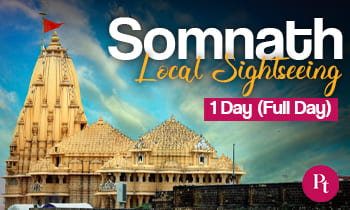

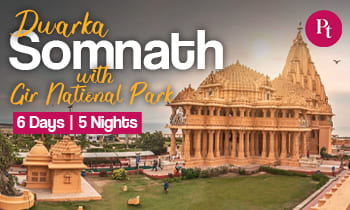
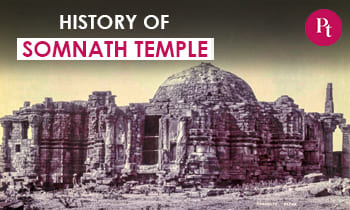

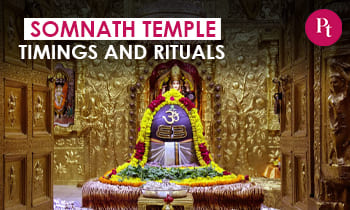
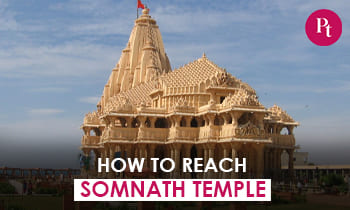
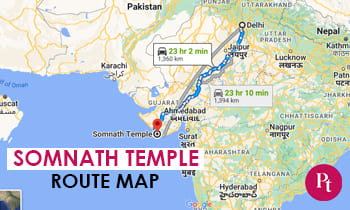
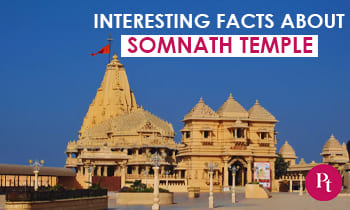
 Call
Call WhatsApp
WhatsApp Enquiry
Enquiry
can we as parents ( Father and mother ) do daan pind puja in march at somnath temple for our children’s good health and prosperity and how much does it cost. Can you recommand a reliable pandit.
Thank you.